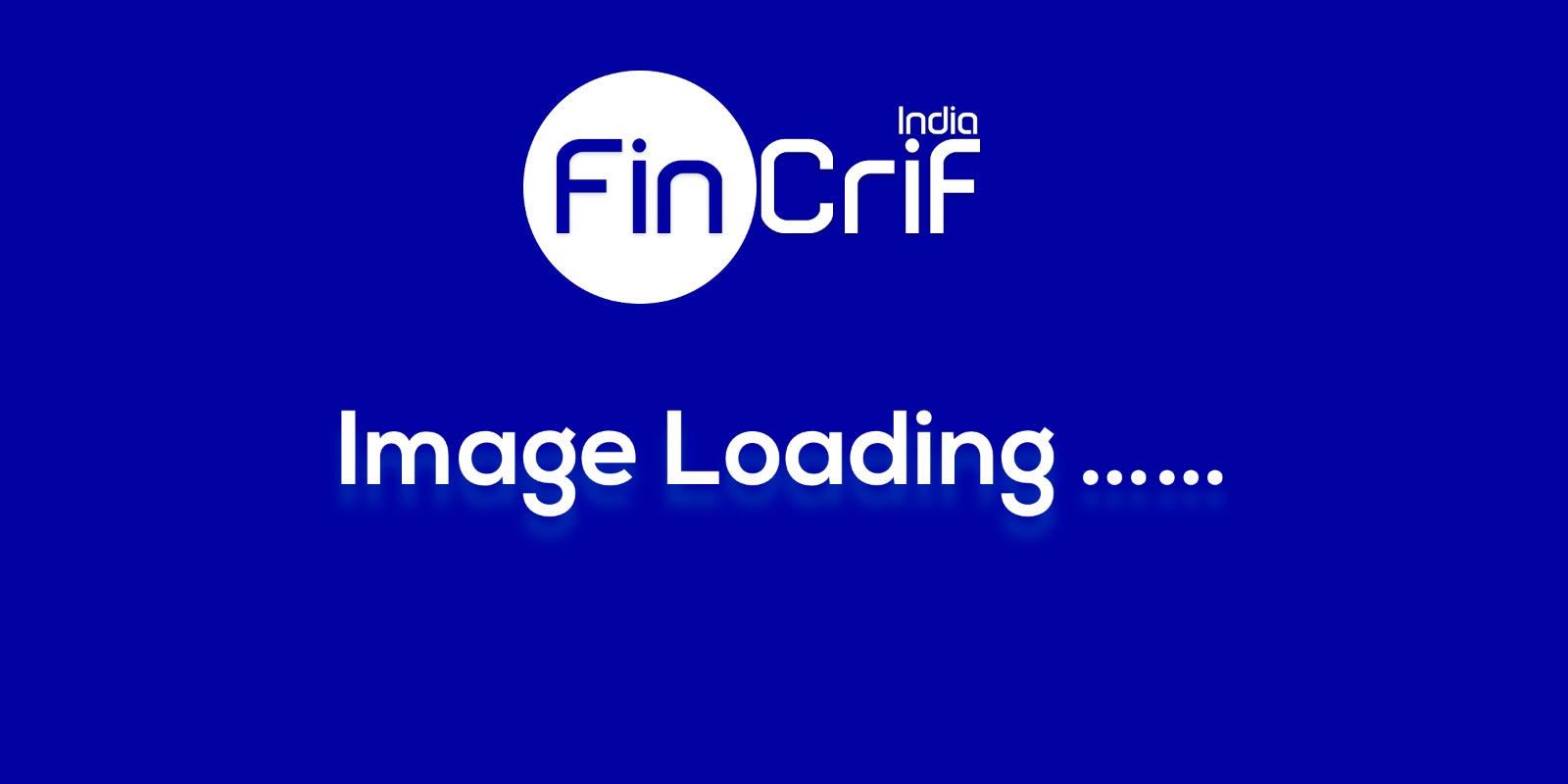A common type of life insurance policy that provides both investment and insurance benefits is the endowment life insurance policy. It is a form of insurance contract that gives the policyholder a lump sum payment at the end of a predetermined time or upon their passing.
What is an Endowment Life Insurance Policy ?
A type of life insurance called an endowment life insurance policy combines savings with life coverage. If the policyholder dies within the policy term, the nominee will receive the death benefit or the sum promised for an endowment insurance. However, if the policyholder lives through the policy term, he or she will get the maturity benefit, which consists of the sum insured plus any bonuses earned during the policy term.
Endowment policies provide a methodical way to save money and give policyholders and their families financial security. They can be acquired for a set period or as a whole life policy and are commonly provided by life insurance firms in India.
Types of Endowment Life Insurance Policy
Prior to selecting one, it is crucial to understand the various Endowment Policies that are offered in India. Listed below are a few of the most popular endowment life insurance plans.
Policy Concerning With-Profit Endowments
Incentives or profits on the premiums the policyholder pays are intended under this type of coverage. The insurance firm typically announces the bonus once a year, and it is often calculated as a percentage of the sum assured. The bonus is included in the contract and paid out alongside the insured amount at maturity or in the case of the policyholder's demise.
Unlinked Endowment Policies
Investment opportunities are offered to policyholders through unit-linked endowment policies. In accordance with their level of risk tolerance, the policyholder can decide to invest in a variety of funds, including debt, equities, and balanced funds. The performance of the fund(s) the policyholder selects will determine the returns on the investment.
Endowment policies that are non-participating
Endowment that is not participating The premiums that the policyholder pays are not subject to bonuses or profits. When the policy reaches maturity or in the event of the policyholder's passing, the sum insured is paid along with any accumulated interest.
Policies with a limited premium payment schedule
This kind of coverage necessitates the payment of premiums for a predetermined amount of time, such as 5, 10, or 15 years, and the policy continues in effect for a longer amount of time, such as 20 or 25 years. This makes it possible for the policyholder to pay off their premium obligations faster and extend the time during which they can benefit from the policy's coverage.
Money-back Endowment Rules
Money-back Endowment Periodic payments throughout the policy term are intended by the design of the programme. Every three or five years, for example, the policyholder receives a portion of the money promised. At maturity or in the event of the policyholder's demise, the remaining sum insured is paid, along with any bonuses that may have accrued.
Benefit of Endowment Life Insurance Policy
The advantages of endowment policies in India are listed below.
1. Protection from risk
Endowment Policies offer the policyholder life insurance protection, safeguarding the financial security of their family in the event of an unexpected death. In the event of the policyholder's passing, the nominee is given the sum insured and any collected bonuses, acting as a safety net for the family.
2. Reward guarantees
Endowment policies offer a return on investment, guaranteeing that the policyholder will receive a lump sum payment at the conclusion of the insurance period regardless of market volatility. Because of this, endowment policies are a well-liked option for conservative investors who want to ensure their financial future.
3. Tax advantages
The Income Tax Act of 1961's Section 80C grants tax advantages to endowment policies. Up to Rs. 1.5 lakh per year in tax deductions are allowed for premium payments made for the insurance policy. Section 10(10D) of the Income Tax Act states that the maturity sum that is received from the policy is likewise tax-free. Note that in order to receive a tax break on endowment policies, you must choose the old tax system; also, the size of the break is subject to change.
4. The Loan Facility
The possibility of taking out a loan against an endowment policy is available. In comparison to other loan choices, the interest rate is typically lower and the loan amount is a proportion of the policy's surrender value.
5. Tight Budgeting
Because the policyholder must consistently pay premiums to keep the insurance active, endowment policies promote disciplined saving. As a result, the policyholder will be more likely to save money regularly for their financial objectives and resist the need to spend it elsewhere.
How does an Endowment Policy work?
In India, an endowment policy operates as follows.
Picking a policy
The endowment insurance is chosen by the policyholder based on their needs and preferences. The endowment policy type, sum assured, policy duration, and premium payment schedule are all chosen by the policyholder.
A premium payment
According to the provisions of the insurance contract, the policyholder might pay premiums on a monthly basis or all at once. To maximise returns, the insurance firm places the premiums in a variety of investments, including equities, bonds, and fixed deposits.
Gaining bonuses
In exchange for the policyholder's premium payments, which are added to the policy and paid along with the sum promised at maturity or in the event of the policyholder's death, the insurance firm declares bonuses or profits.
Maturity's advantages
The policyholder will receive the sum assured and any accrued bonuses or profits at the conclusion of the policy period in accordance with the provisions of the policy. This one-time payment may be used to achieve any number of financial objectives, including retirement planning, funding a child's education, or other expenses.
Gain from death
The sum insured, along with any earned profits or bonuses, is paid to the nominee as a death benefit in the event that the policyholder dies during the policy period. In the terrible event of something happening, this guarantees the family of the policyholder financial stability.
Give up advantages
According to the conditions of the policy, if the policyholder decides to surrender the insurance before the maturity period, they may get a surrender value, which is a portion of the premiums paid.
What are the limitations of Endowment Life Insurance Plans in India?
Before making an investment in endowment life insurance plans, it's crucial to take into account their drawbacks even if they can provide financial security.
1. Low return on investment
Endowment life insurance plans' low rate of return is one of their key drawbacks. Despite the fact that these plans promise a fixed amount upon maturity, the returns on investment are sometimes lower than those that may be obtained through other investment vehicles, such as stocks or mutual funds.
2. Extended lock-in time
Endowment Plans often have a lengthy lock-in period, meaning you cannot remove your investment prior to a specific number of years without paying heavy penalties.
3. Increased premiums
The premium for endowment plans is frequently greater than the premium for life insurance just term plans. Individuals with minimal financial resources may find it challenging to afford these programmes as a result.
4. Less latitude for premium payments
The flexibility of premium payments for endowment plans may be limited. Endowment Plans often have set premium payments, unlike alternative investing options like stocks or mutual funds. For those whose wages fluctuate or who want to add more money to their assets at sporadic periods, this can be an issue.
5. Inadequate protection
For some people, life insurance through endowment plans could not be sufficient. A bigger coverage level than what an endowment plan may offer may be necessary if you have dependents who depend on your income. In these situations, choosing a term insurance plan with a larger coverage level might be a better option.


